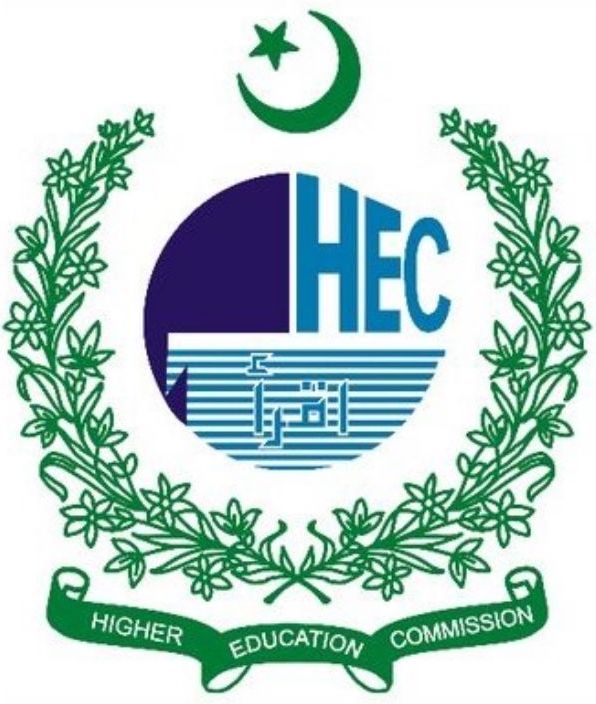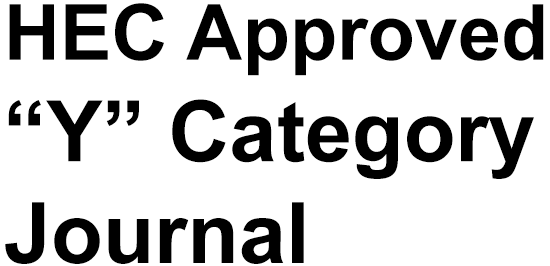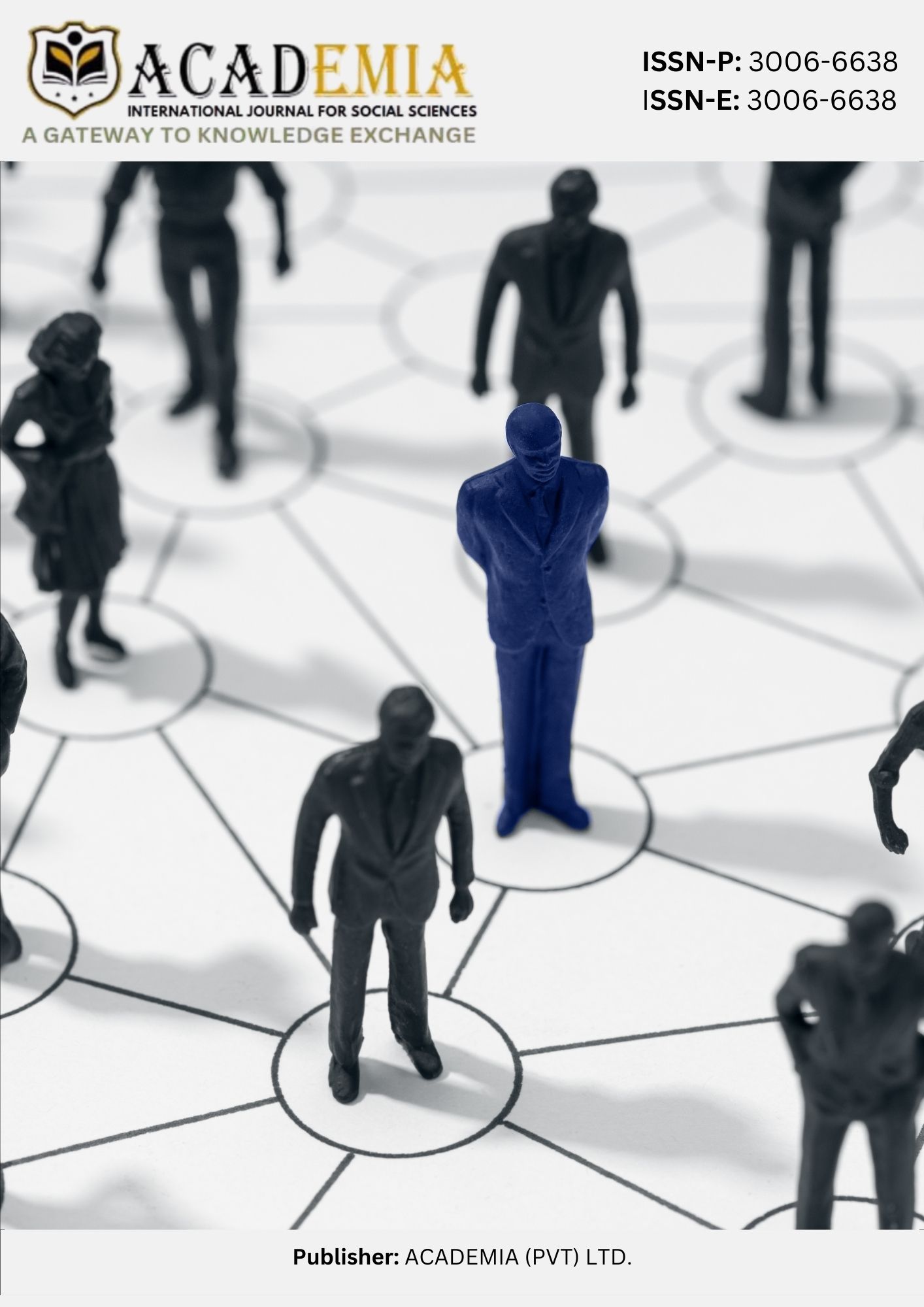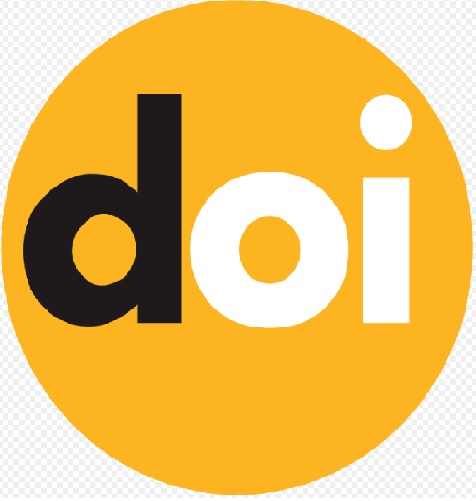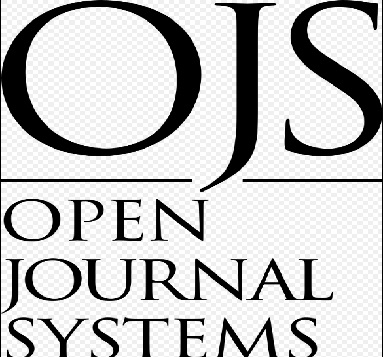A Comparative Analysis of Print and Electronic Media in the Age of Digital Media and Artificial Intelligence
DOI:
https://doi.org/10.63056/ACAD.004.03.0603Keywords:
Print Media , Electronic Media , Digital Media , Artificial IntelligenceAbstract
An era defined by rapid pace of technology in a digital age has not only changed the landscape of mass communication but has dramatically affected the traditional platforms of mass communication print and electronic media. Digital media and artificial intelligence (AI) technologies are changing the entire pipeline for how information is generated, disseminated, and consumed. This research paper provides a detailed comparative analysis of the roles, challenges, and coping mechanisms of print and electronic media within this new paradigm. The study address how newspapers, magazines, television, and radio broadcasters are adapting to changes in audience preferences, the use of social media, and use of AI in automating many newsroom processes with the potential for automating some levels of content creation and curation. Using mixed-methods research, this study combines quantitative surveys of media consumers with qualitative interviews of media professionals, editors, and journalists. A systematic content analysis of print and electronic media also be done with selected print and electronic media with an emphasis on assessing their content in terms of quality, credibility, and audience engagement. Overall, the research addresses all sides of traditional media's relevance and trustworthiness in a time when misinformation dominates, and what innovative practices are being utilized to incorporate digital media and AI in an ethical manner. Further, it may detail the impact of journalism/standards, audience implications for media literacy in a landscape where new digital communications are changing the context of media literacy. From this analysis, it has been revealed important trends, such as, the hybridization of media platforms, use of data and analytics for audience targeting, and moral considerations of AI-generated content. With the intention to reflect best practices and ways to mitigate recurring issues, this study adds value to policymakers, media practitioners, educators and researchers interested in the sustainability, accountability, and future of mass media. In the long run, the paper seeks to contribute to our understanding of how print and electronic media can adapt and exist together alongside digital media and AI to maintain their credibility as purveyors of reliable information in an increasingly digital environment.
Downloads
Published
Issue
Section
License
Copyright (c) 2025 Dr. Muhammad Awais Ejaz Khan, Dr. Salman Ahmad Khan, Sobia Javed, Dr. Imtiaz Ahmad (Author)

This work is licensed under a Creative Commons Attribution 4.0 International License.


